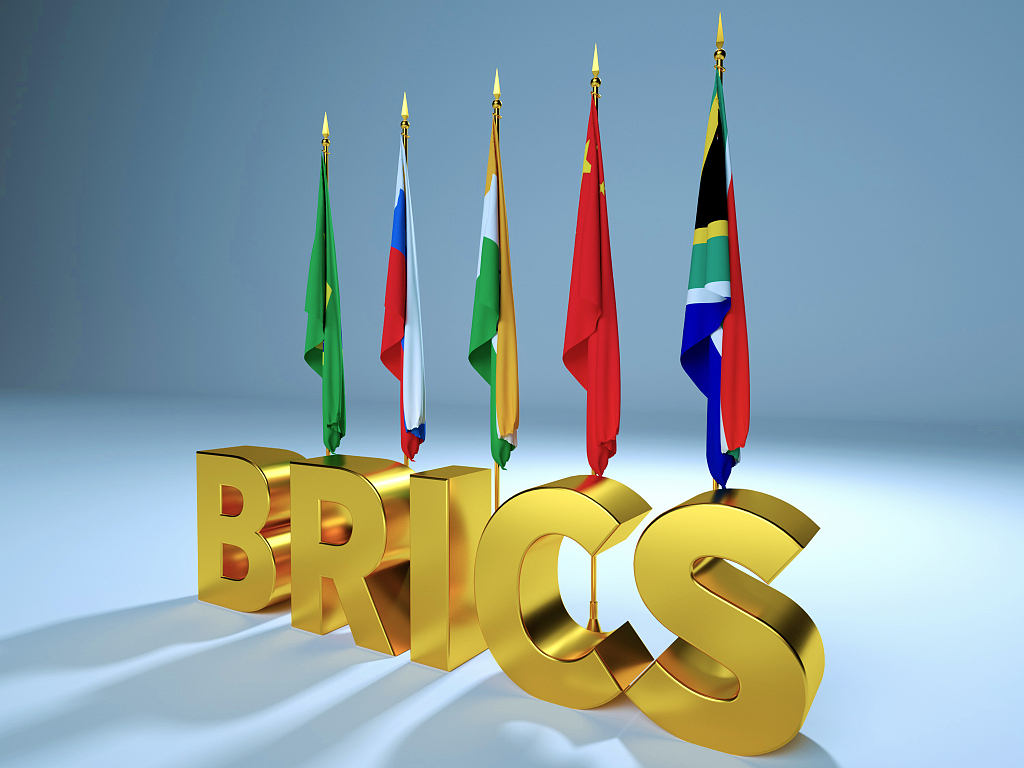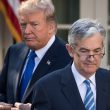The BRICS gold standard is gaining real momentum right now as central banks around the world are boosting their gold reserves at rates we haven’t really seen before. The United States currently holds the largest amount at 8,133.46 tonnes, and then Germany comes in with 3,350.25 tonnes, followed by Italy at 2,451.86 tonnes. These reserves held by BRICS nations are forming the foundation for what could be a major shift away from dollar dominance, and gold has actually overtaken the euro as the world’s second-most held reserve asset. Central Bank gold reserves saw additions of over 1,000 tonnes in 2024 alone. This signals that preparation for a BRICS gold standard transition is already underway.
Also Read: BRICS Gold-Backed System Sparks Sovereignty Push vs US Dollar
BRICS Gold Reserves And Currency Moves Reshape Global Finance


Record Central Bank Accumulation Signals System Shift
There is more to it than that being formulated behind the scenes, and the BRICS gold standard is at the very heart of it all. This all changed when the reserves of Russia were frozen by the US way back in 2022, countries learned that reserves become yours when Washington says so. That action hastened what had already been cooking. There are nations seeking the alternatives to the dollar dependence and means of establishing BRICS gold standard system.
In this case, central banks are buying more than 1,000 tonnes of gold in 2024, and it is no longer a regular purchase. Countries such as Nigeria and China are repatriating physical bullion that is stored in New York and London vaults. Germany and Italy, though first in gold reserves by country lists, continue to store much of their gold in New York. That is progressively coming to be regarded as a liability to them, not a convenience.
In fact the Bundesbank is currently reconsidering its storage policy as I write, and even the Taxpayers Association of Europe is now advocating repatriation. It is a similar case being made by politicians of various parties. Legal ownership does not count much when you simply cannot access the physical piece of your cake. This drive is related to the larger BRICS gold standard initiative where countries desire to have their assets at their own disposal.
BRICS Pay And Gold Settlement Infrastructure
Programs such as BRICS Pay are being constructed to circumvent paying systems based on the dollar. Gold is already being used to settle some of its energy trades. This means a BRICS gold backed currency idea can be practical. The BRICS could not be going to a full gold standard of the BRICS overnight, but parallel systems are being installed system by system. And this is why gold is a good solution, there is no counterparty risk, no political strings to it, it is not subject to any permission of any type.
European Central Bank affirmed that gold outpaced the euro in terms of holding reserve in the world. This is a notable statistic that indicates the BRICS gold reserves approach is becoming increasingly popular across the world. This is not only occurring in the emerging market but also the western institutions are observing it.
Strategic Positioning Across Major Economies
The top countries in gold reserves by country rankings reveal strategic positioning for the BRICS gold standard era. France holds 2,436.34 tonnes and Russia has 2,332 tonnes, and central banks are steadily increasing their BRICS gold reserves holdings. This represents defensive positioning against structural fractures rather than speculation on price movements.
Retail investors remain mostly on the sidelines right now. Decades of fiat orthodoxy have left most people uninterested in gold as an investment. However, institutional behavior tells a different story entirely. When trust in monetary systems starts eroding, gold transitions from being a passive hedge to active insurance. By the time retail wakes up to this shift, access can become scarce and costly.
Summit Could Launch Parallel Monetary System
The BRICS summit is likely to discuss trade and currency settlement systems to complement a BRICS gold backed currency policy. A full BRICS gold standard is unlikely to be announced at this time, but monetary architecture is being laid. This is not a yearing to gold standards in the past, but an ability to be strategically independent of systems which can be politically weaponized.
Also Read: BRICS Creating New Global Currency in 2026? What You Need to Know
Federal Reserve banks are not planning to make regular market corrections to fix temporary volatility. They are preparing a situation in which dollar reserves may not be as secure as it had been assumed. This weakness was revealed when the politics of the day trumped what are meant to be apolitical financial procedures. That is what is motivating the move towards BRICS gold backed currency solutions.
The question at this point isn’t whether alternative systems supporting the BRICS gold standard will be developed. It’s how quickly they’ll become operational, and which nations will have secured their positions in gold reserves by country rankings before the transition picks up real speed. Right now, institutions are repositioning while retail remains largely unaware. That awareness gap could prove costly for those who wait too long.





